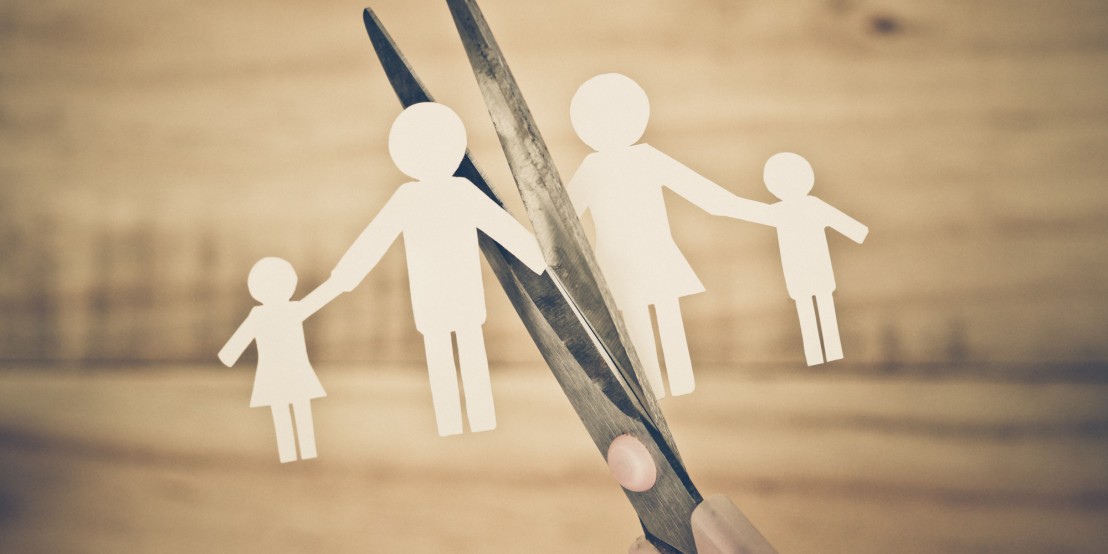In your blog post, react to what you saw in the videos, reflect on your own interactions with educators throughout your school career, and discuss what, if any, changes to the school system based on the concepts in these videos could improve students’ performance in the classroom.
Were we born smart? Or do we learn and develop intelligence, constantly being shaped and supported by our environment and the people around us? In the three videos shown above, different aspects of effects are explored- showing how children can be impacted and grow according to how others interact and treat them.
In the first video called Pygmalion Effect and the Power of Positive Expectations, there was a study done where a test was done with school teachers- a list of students that were labeled “late bloomers” that they were treated differently and were transformed by teacher’s positive expectations. The Pygmalion Effect is the concept of a person having the potential to be transformed into something great. Teachers expectations actually had a huge impact on pupil’s intellectual performances. 4 factors of self fulfilling- teachers do these differently if they have favorable expectations: 1) warmer climate- nicer to them, 2) input factor- teachers teach more material to kids who they have better expectations for, 3) opportunity factor- call on those students more and allow to let them talk more and lastly, 4) feedback factor- favored kid is praised more and gets more positive reinforcement and also differentiated feedback when they get a wrong answer. If a “bad” answer is ignored then they might not favor those kids. I could really relate to this first video. Often, more than not, I have felt inferior to some of my peers and could feel differences in behaviors toward me by my school teachers. I envied students who got what I felt like was special treatment. Those kids were treated better, were taught more with more eye contact, (almost as if I was not there), were called to answer questions more often, and got the most praise and adulation. When I didn’t get called on even after raising my hand up, or when my answers didn’t get much feedback, positive or negative, I felt neglected and a little less confident in my abilities and I believe that this feeling has been carried down with me throughout high school and even up to now. It is great to see what these micro actions can do to a kid in a positive manner. At the same time, it is disheartening to know the kids who are left out of this potential growth and nourishment.
In the second video called Stereotype Threat – social psychology in action, threats of stereotypes are explored. An experiment of black and white students were told to be tested of athletic aptitude. When told one test was one of athletic ability, African Americans did better on scores than white students. When told that the test was of sport strategy, White American subjects did better on scores. Stereotypes here seem to have subconsciously got to the students, making them believe that they were less apt at either strategy or athleticism. This intimidating society made construct is regularly present in every day life and it is eye opening to see how even if we say we don’t believe in the stereotypes, we actually do.
My favorite video by far was the Jane Elliott Brown Eyes vs Blue Eyes. This video told of a study Jane Elliot, an elementary school teacher, who did a demonstration showing what discrimination was and really felt like. It showed that negative expectations could really shape students’ realities. Prejudice is easy to create and a new reality could be easily made on differences between students. The teacher Jane Elliot said that the blue eyed people were “better” and “smarter” than brown eyed people. She told of people in history and said that those with blue eyed people were better. She told the blue eyed people not to play with brown eyed people. The brown eyed students talked about not feeling like they belonged and how they didn’t wish to participate in anything. Fighting actually occurred as a name that was used to call the kids in a derogatory manner was “brown eyes.” Children turned nasty, viscious and discriminating in just 15 minutes. When asked about the experience afterwards, the blue eyed said that they felt better than the brown eyed people. This was crazy to me. The lesson was that any cues of facial features could be basis of demonstrating and values could be added. 1- Any difference that is visible can be used by others to make people make worthless. 2- The brown eyed people when this flipped, kids didn’t learn compassion but learned about power and used it on the people who once tormented them. Revenge was more powerful than reconciliation. 3- inferior position set grades went down and superior position grades went up. Your intellect and performance is actually influenced by your attitude toward yourself. 4- All this can make people feel worthless. This was reminiscent to what I felt like was the German treatment of Jewish people in the Holocaust as well as pre- civil rights movement era.
With all this being said, I believe that schools should really take these factors into consideration and see how the way teachers treat their students really affect them. Also, for schools to note how stereotypes are very harmful and should be avoided being used in negative ways. Differences should be celebrated and appreciated. Lastly, telling kids that one was better than the other is never the right way to go as the kids may start to truly believe that they are worth “less” than others.



